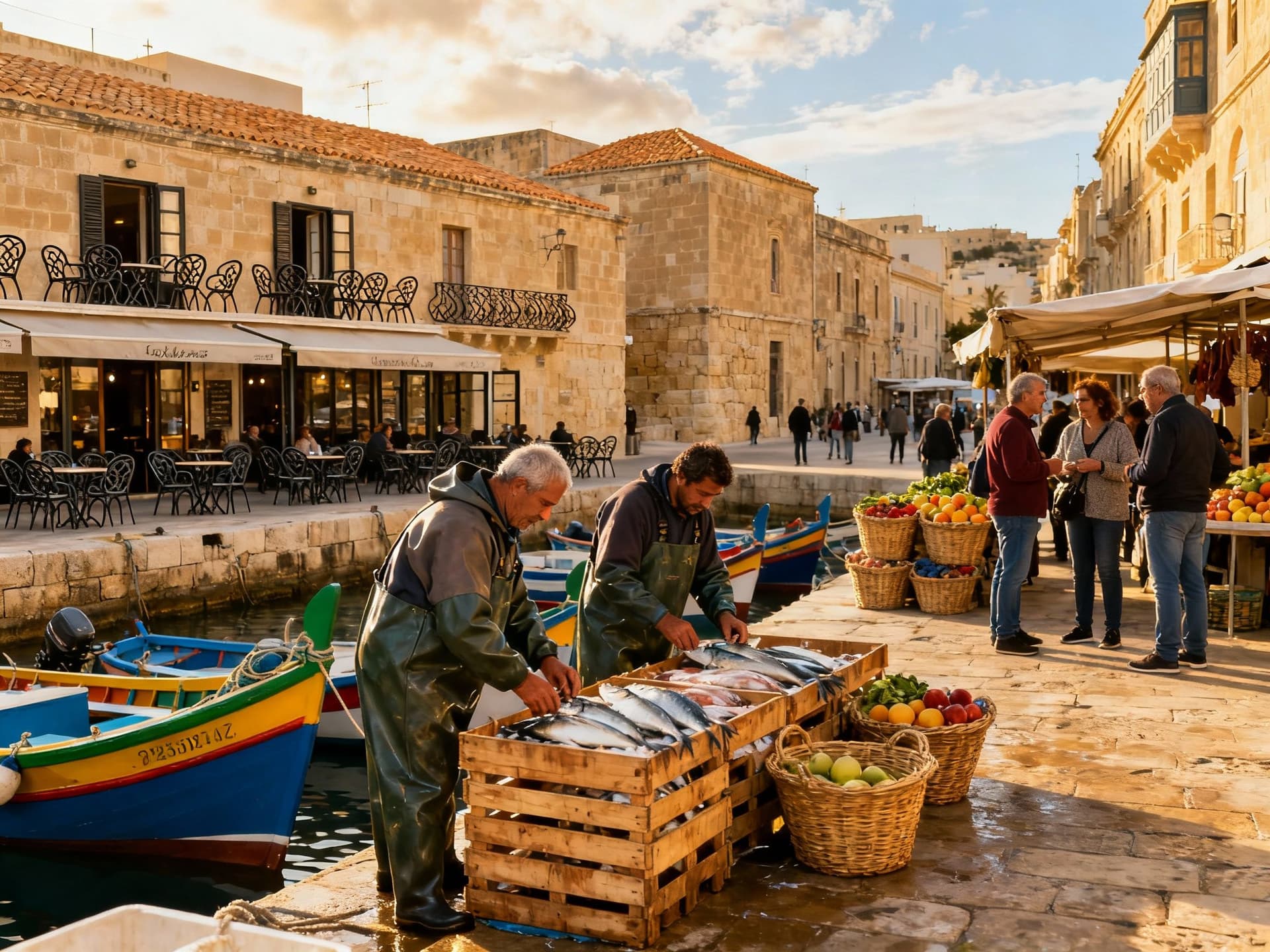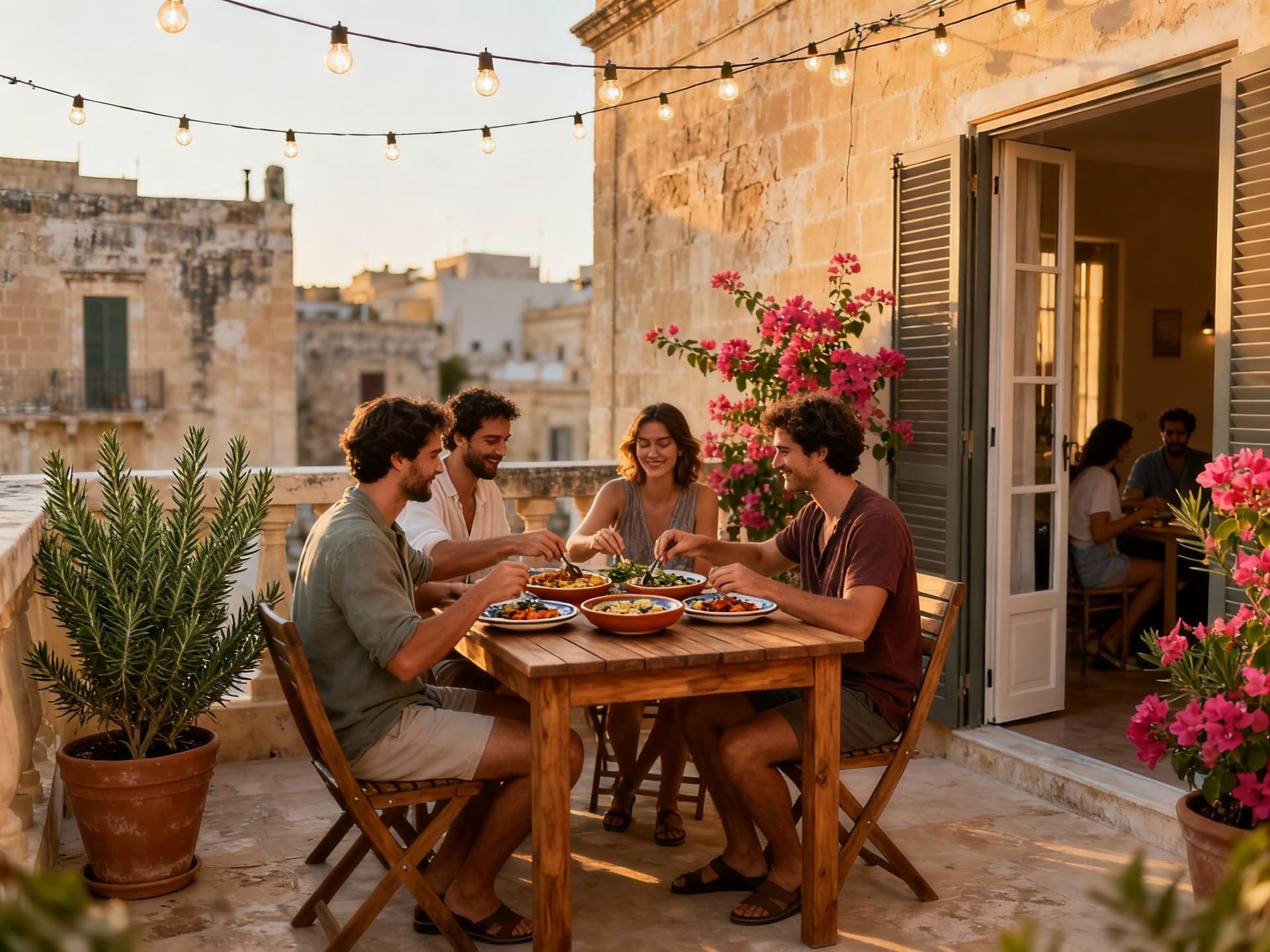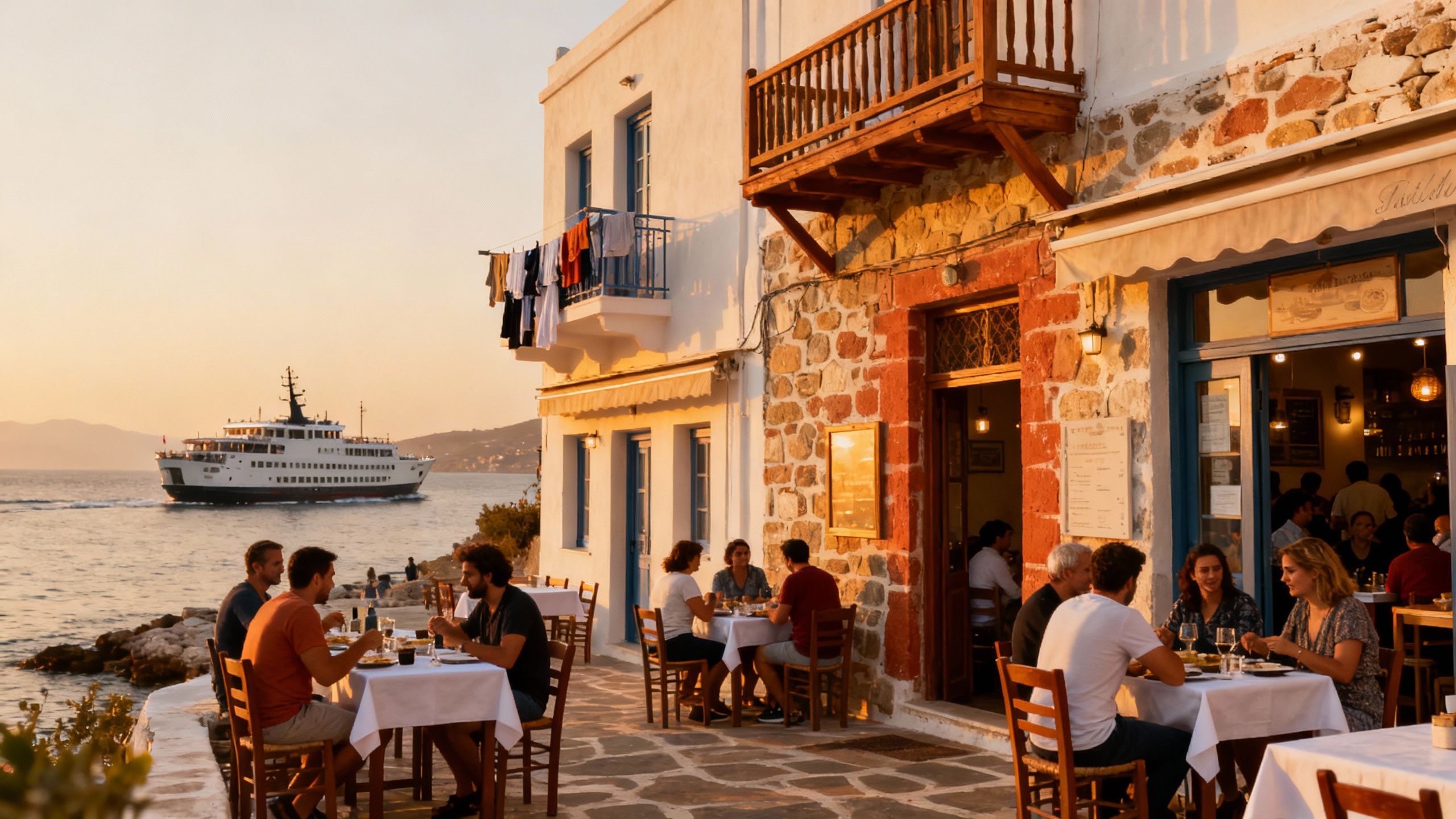Malta: Why the 'Expensive' Tag Hides Practical Value
Malta’s compact charm masks a tight, policy‑sensitive market. Combine lifestyle scouting with NSO and industry data to find value beyond the 'expensive' label.
Imagine walking from a sun-warmed café on Triq il-Mediterran to a narrow Valletta stair and pausing for a second — the smell of fresh ftira, a port breeze, and a skyline stitched with limestone balconies. That mixture of compact islands, layered history and approachable English-language life is the everyday Malta sells to dreamers. But 'dream' and 'decision' are not the same; in Malta the romantic image of sea‑view terraces sits alongside a small, tightly supplied market and rapidly shifting policy — and that matters when you buy.
Living Malta: compact, convivial, place-first

Daily life in Malta moves in short loops — a 20‑minute drive can take you from a fortified baroque square to a sandy bay. Residents value proximity: cafés on Sliema’s Tower Road fill with laptop workers by 09:30, families stroll the promenade near St Julian's in the evening, and fishermen sell their catch at Marsaxlokk on Sundays. The islands’ size keeps amenities close but also concentrates demand, which explains why Malta’s Residential Property Price Index has kept rising in recent years. (See NSO RPPI data.)
Neighborhood spotlight — Valletta to Sliema
Valletta is lived-in theatre: narrow streets, late‑afternoon light on limestone, small restaurants tucked behind baroque façades. Sliema and St Julian’s are the modern counterpoint — promenades, boutique grocery shops, and apartment living that suits remote workers and families alike. For buyers who want daily market life and history, Pietà and Ta' Xbiex offer quieter harbourside living; for a livelier social scene, Paceville and Spinola Bay provide nightlife and restaurants but less calm for families.
Food, weekends and seasonal rhythm
Weekends mean markets and bays. You’ll find locals queueing for lampuki pie in autumn, families grilling on Għajn Tuffieħa in summer, and expat brunches spilling from Spinola’s cafés in spring. Malta’s short winters are mild — a real factor for buyers who want year‑round outdoor life rather than a strictly seasonal escape.
- Lifestyle highlights: Valletta theatre nights, Sliema promenade cafes, Marsaxlokk Sunday fish market, Għajn Tuffieħa beach swims, Spinola Bay evening dining
Making the move: matching lifestyle to property

If the lifestyle is easy to love, the property reality is concentrated. Malta’s market is small and supply‑sensitive: small changes in demand or policy ripple quickly. Local surveys show strong resident demand and rising transaction values, which means buyers must align lifestyle priorities (school catchments, walkable cafés, terrace space) with realistic expectations about availability and resale timing. Use local market reports — like PwC’s 2025 industry notes — to set a pragmatic budget and timeline.
Property styles & how they fit daily life
Choose a maisonette or townhouse if you want private outdoor space and a sense of street life; pick a modern apartment in Sliema for easy maintenance and proximity to services; consider converted warehouses and older townhouses in Vittoriosa or Senglea for character and tighter footprints. Think in terms of lived moments: morning coffee on a narrow balcony, an evening walk to a fish restaurant, or an internal courtyard for kids.
Work with local experts who know both life and law
A Malta specialist agent does more than show listings: they map neighbourhood rhythms, highlight seasonal noise (ferries, festivals), and explain post‑purchase obligations. Given the small market and recent policy shifts referenced in national data (RPPI rises), choose advisers who cite NSO statistics, understand local planning rules, and can set realistic expectations for rental demand if you plan short‑term lets.
- Step-by-step priorities when buying in Malta: 1) Visit multiple neighbourhoods across a week to sample daily rhythms; 2) Check RPPI and recent transaction volumes to set offer strategy; 3) Ask agents about local renovation norms and seasonal maintenance; 4) Confirm residency or visa implications if relevant; 5) Factor in community charges and service availability
Insider knowledge: what expats wish they'd known
Policy changes can arrive fast. Malta’s investor‑citizenship era ended under EU scrutiny in 2025, a reminder that residency and citizenship pathways are political variables — not guarantees. Many buyers who treated residency routes as an afterthought found themselves adjusting plans when rules changed. Treat programmes as a bonus, not the core investment case.
Cultural integration and everyday practicalities
English is widely spoken and public services are accessible, which eases the move. Still, integration happens through neighbourhood rituals: helping at festa preparations, joining local clubs, and shopping at the neighborhood grocer. That social capital influences long‑term satisfaction far more than short‑term rental yields.
Long view: what holds and what shifts
Expect steady demand and constrained supply to keep prices firm. But value is found in tradeoffs: a quieter inland town like Naxxar offers more space for the price of a small Sliema apartment; older houses in Vittoriosa can be renovated for better yields if you accept tighter streets and renovation timelines. Use market studies (PwC, NSO) to stress‑test your assumptions.
- Red flags and practical checks: Ask sellers for proof of utility upgrades, check planning permission for rooftop terraces, confirm who pays community maintenance, verify rental licence history, and request a neighbourhood noise survey
Malta’s charm is tangible: morning markets, limestone streets, intimate bays and an English‑friendly public life. But buyers who blend that romance with data — local RPPI trends, recent policy changes, and neighbourhood rhythms — turn infatuation into a sustainable move. Next step: visit across seasons, shortlist areas that match daily routines, and brief a Malta‑based agent who can tie lifestyle desires to transaction reality.
Conclusion: Fall for the life, plan for the market. Let local experts frame the lifestyle you want into a realistic property search informed by NSO statistics and recent industry surveys. Then lease a flat for a season if you can — nothing beats living the life before buying it.
Norwegian market analyst who relocated to Mallorca in 2020. Focuses on data-driven market insights and smooth relocation for international buyers.


